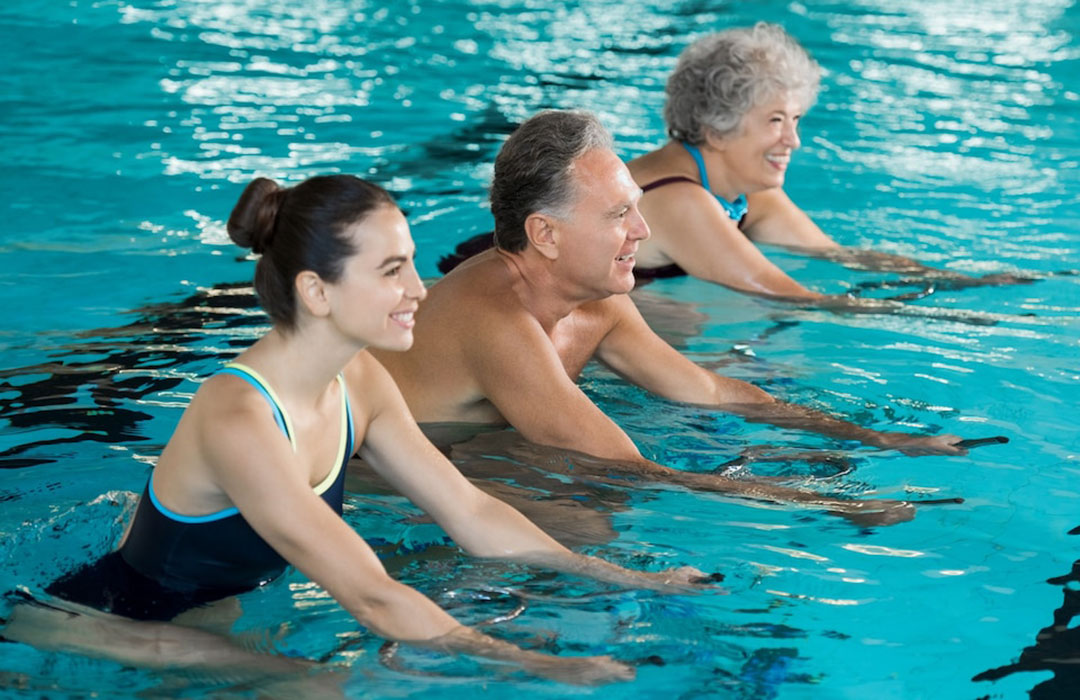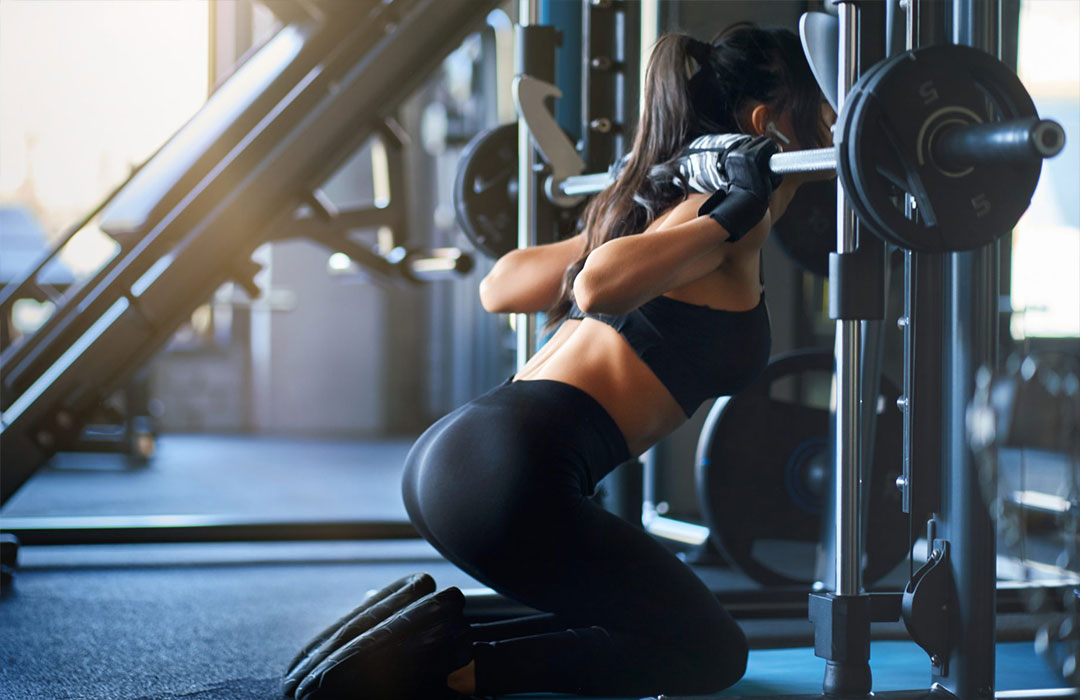Introduction
Swim Like a Pro: The Essential Guide to Adult Swimming Aids. In this comprehensive guide, we will explore the world of adult swimming aids and how they can help you become a confident and skilled swimmer. Whether you’re a beginner looking to overcome your fear of water or an experienced swimmer aiming to improve your technique, adult swimming aids can be invaluable tools on your journey. This article will dive deep into various types of swimming aids, their benefits, and how to use them effectively. So let’s jump right in!
What are Adult Swimming Aids?
Adult swimming aids are specialized tools designed to assist swimmers of all skill levels improve their swimming abilities. These aids provide additional support, buoyancy, and resistance in the water, allowing swimmers to focus on specific aspects of their technique and build strength in targeted areas. From kickboards to swim fins, each swimming aid serves a unique purpose and offers various benefits to enhance your swimming experience.
The Importance of Adult Swimming Aids
Adult swimming aids play a vital role in helping individuals develop confidence, overcome challenges, and reach their swimming goals. Whether you’re a novice swimmer or an experienced athlete, these aids offer numerous advantages:
- Building Confidence: Swimming aids add support and buoyancy, making beginners feel more secure in the water. With increased confidence, individuals can focus on improving their technique without the fear of sinking or struggling.
- Enhancing Technique: By isolating specific body movements and targeting muscle groups, swimming aids help refine stroke technique. They allow swimmers to concentrate on form, body alignment, and propulsion, resulting in more efficient and effective swimming.
- Developing Strength and Endurance: Adult swimming aids create additional resistance, challenging swimmers to exert more effort and build strength in specific muscle groups. By incorporating aids into training routines, swimmers can increase their endurance and overall fitness levels.
- Overcoming Limitations: Swimming aids are particularly beneficial for individuals with physical limitations or injuries. They provide support and assistance, allowing them to participate in water activities and enjoy the benefits of swimming.
- Variety and Fun: Adult swimming aids add variety to swimming workouts, making them more enjoyable and engaging. With different equipment, swimmers can explore new techniques, challenge themselves, and prevent boredom in their training routine.
Types of Adult Swimming Aids
There are various types of adult swimming aids available, each serving a specific purpose in improving different aspects of swimming technique. Let’s explore the most commonly used swimming aids:
1. Kickboards
Kickboards are rectangular-shaped floatation devices that swimmers hold onto while focusing on lower body movements. They are primarily used to develop leg strength, balance, and kicking techniques. Kickboards support the upper body, allowing swimmers to concentrate on building powerful and coordinated leg movements.
2. Pull Buoys
Pull buoys are floatation devices between the thighs or ankles to isolate the upper body during swimming. By immobilizing the legs, pull buoys shift the focus solely to the arms, shoulders, and core muscles. This aid helps swimmers enhance upper body strength and develop a balanced and efficient stroke.
3. Swim Fins
Swim fins, or flippers, are worn on the feet and extend beyond the toes, providing an extra surface area to generate propulsion. They increase leg strength, improve ankle flexibility, and enhance kicking technique. Swim fins are particularly useful for swimmers looking to increase speed and power in the water.
4. Swim Paddles
Swim paddles are flat, plastic devices worn on the hands to increase resistance and build arm and shoulder strength. They encourage proper arm positioning, improve stroke mechanics, and help swimmers develop a more efficient pull through the water. Competitive swimmers and triathletes commonly use paddles to enhance stroke power and technique.
5. Snorkels
Snorkels are breathing devices that allow swimmers to focus solely on their technique without the interruption of turning their heads to breathe. They help swimmers develop proper body alignment, improve breathing patterns, and enhance stroke efficiency. Snorkels are particularly beneficial for swimmers looking to refine their technique without compromising breathing rhythm.
6. Swim Belts
Swim belts, aqua belts, or flotation belts are buoyancy aids worn around the waist to provide additional support and floatation. They help maintain proper body position and balance in the water, making it easier for swimmers to focus on their arm and leg movements. Swim belts are often used in deep-water workouts or rehabilitation exercises.
7. Swim Gloves
Swim gloves are designed to increase resistance and improve arm and shoulder strength. These gloves have webbed fingers that create resistance against the water, requiring swimmers to exert more effort during each stroke. Swim gloves help build upper body strength, improve stroke technique, and increase swimming power.
8. Nose Clips
Nose clips are small devices swimmers wear to prevent water from entering their noses while swimming. They are handy for individuals sensitive to water inhalation or who want to focus on breathing through their mouths. Nose clips ensure a comfortable and uninterrupted swimming experience.
9. Swim Caps
Swim caps are elastic caps worn over the hair to reduce drag and protect it from chlorine and other chemicals in the water. They create a smooth surface for swimmers, allowing them to move through the water with less resistance. Swim caps are commonly used in competitive swimming to improve hydrodynamics and streamline swimmers’ movements.
10. Swim Goggles
Swim goggles are essential for swimmers as they provide clear vision underwater and protect the eyes from chlorine and other irritants. They create a watertight seal around the eyes, allowing swimmers to see clearly and maintain a comfortable and focused swimming experience. Swim goggles come in various designs and sizes to accommodate different face shapes and preferences.
Choosing the Right Adult Swimming Aids for You
When selecting adult swimming aids, it’s important to consider your individual needs, skill level, and swimming goals. Here are some factors to keep in mind when choosing the right swimming aids:
1. Assessing Your Needs
Evaluate your swimming abilities and identify the areas you wish to improve. Determine if you need assistance with technique, strength building, or both. This assessment will help you narrow down the swimming aids that will be most beneficial to you.
2. Considering Skill Level
Consider your current skill level and choose swimming aids that align with your abilities. Beginners may benefit from aids that provide more buoyancy and support, while advanced swimmers may require aids that offer additional resistance to challenge their technique and strength.
3. Seeking Professional Advice
Consult with a swim coach or a knowledgeable swimming professional who can provide guidance and recommend suitable swimming aids based on your specific needs and goals. They can assess your technique, analyze your strengths and weaknesses, and provide valuable insights on the most appropriate aids for you.
4. Trying Before Buying
If possible, try out different swimming aids before making a purchase. Visit a swimming facility or borrow aids from friends or fellow swimmers to experience how each aid feels and impacts your swimming. This trial period will help you make an informed decision and ensure that the aids you choose are comfortable and effective.
5. Considering Safety Factors
Always prioritize safety when choosing swimming aids. Ensure that the aids you select are made from high-quality materials, are durable, and fit securely and comfortably. Pay attention to any age or weight restrictions the manufacturer provides and follow all safety guidelines to minimize the risk of accidents or injuries.
How to Use Adult Swimming Aids Properly
To make the most of adult swimming aids, it’s important to use them correctly and incorporate them into your swimming routine effectively. Let’s explore how to use some of the most common swimming aids and the benefits they provide:
1. Kickboards: Enhancing Leg Strength and Balance
- Grip the kickboard with both hands, keeping your arms extended in front of you.
- Position your body horizontally with your face in the water.
- Kick your legs rhythmically, using your core muscles to maintain balance and stability.
- Focus on kicking from your hips and keeping your toes pointed.
- Kickboards help isolate and strengthen your leg muscles, improve balance, and refine your kicking technique.
2. Pull Buoys: Developing Upper Body Strength
- Place the pull buoy between your thighs or ankles.
- Position your body horizontally with your face in the water.
- Swim using only your arms to maintain a steady and efficient stroke.
- Pull buoys isolate your upper body, allowing you to concentrate on arm movements, shoulder rotation, and core engagement.
- They help build upper body strength, improve stroke mechanics, and enhance overall swimming technique.
3. Swim Fins: Improving Leg Technique and Speed
- Slide your feet into the swim fins, ensuring a snug fit.
- Position your body horizontally with your face in the water.
- Use your arms and legs together to propel yourself through the water.
- Swim fins increase resistance, forcing your leg muscles to work harder and improving leg strength and technique.
- They also enhance ankle flexibility and increase swimming speed.
4. Swim Paddles: Enhancing Arm Strength and Stroke Efficiency
- Secure the swim paddles onto your hands, ensuring they fit comfortably and securely.
- Position your body horizontally with your face in the water.
- Swim, focusing on your arm movements and hand placement in the water.
- Swim paddles provide additional resistance, challenging your arm muscles and helping you develop upper body strength.
- They also promote a better catch and pull phase in your stroke, enhancing stroke efficiency.
5. Snorkels: Focusing on Breathing and Body Alignment
- Attach the snorkel to your swim mask or goggles, ensuring a proper seal around your face.
- Position your body horizontally with your face in the water.
- Swim, maintaining a relaxed and natural head position with your face down.
- Snorkels allow you to focus solely on your stroke technique and body alignment without the interruption of turning your head to breathe.
- They help improve breathing patterns, body rotation, and overall stroke efficiency.
6. Swim Belts: Assisting with Floatation and Stability
- Secure the swim belt around your waist, adjusting it to fit snugly.
- Position your body horizontally with your face in the water.
- Swim, using your arms and legs to maintain balance and stability.
- Swim belts provide additional floatation, making staying afloat and maintaining proper body position in the water easier.
- They are particularly useful for deep-water workouts, rehabilitation exercises, and building confidence in non-swimmers.
7. Swim Gloves: Building Arm and Shoulder Strength
- Put on the swim gloves, ensuring a snug fit.
- Position your body horizontally with your face in the water.
- Swim, paying attention to your arm movements and hand placement in the water.
- Swim gloves increase resistance, requiring more effort from your arm and shoulder muscles.
- They help build upper body strength, improve stroke power, and enhance swimming performance.
8. Nose Clips: Overcoming Water Inhalation Issues
- Place the nose clip over your nostrils, ensuring a comfortable and secure fit.
- Position your body horizontally with your face in the water.
- Swim, focusing on your stroke technique without worrying about water entering your nose.
- Nose clips prevent water inhalation, allowing you to swim comfortably and confidently.
- They are handy for individuals sensitive to water entering their nasal passages or those who want to focus on breathing through their mouths.
9. Swim Caps: Reducing Drag and Protecting Hair
- Pull the swim cap over your head, thoroughly covering your hair.
- Adjust the swim cap to fit snugly and comfortably.
- Swim, focusing on your stroke technique and maintaining proper body alignment.
- Swim caps reduce drag in the water, allowing you to move more efficiently and swim faster.
- They also protect your hair from chlorine and other chemicals, keeping it dry and minimizing damage.
10. Swim Goggles: Providing Clear Vision and Eye Protection
- Adjust the straps of the swim goggles to fit snugly around your eyes.
- Position the goggles over your eyes, ensuring a watertight seal.
- Swim, enjoying clear vision and protecting your eyes from irritants in the water.
- Swim goggles provide a clear and unobstructed view underwater, allowing you to navigate and swim confidently.
- They also protect your eyes from chlorine, saltwater, and other irritants in swimming pools or open water.
Tips for Maximizing the Benefits of Adult Swimming Aids
To make the most of your adult swimming aids and maximize their benefits, consider the following tips:
1. Start Slowly and Gradually
If you’re new to swimming aids, gradually incorporate them into your workouts. Begin with shorter durations and lower intensities, allowing your body to adapt to the added resistance or buoyancy. As you become more comfortable, gradually increase the duration and intensity of your swimming aid sessions.
2. Combine Aids for Comprehensive Training
Consider combining different swimming aids to target different aspects of your swimming technique. For example, you can use kickboards and swim fins to work on leg strength and technique while using swim paddles and pull buoys to focus on your upper body. Experiment with different combinations to create a comprehensive and well-rounded training routine.
3. Focus on Proper Technique
While swimming aids can be helpful, it’s important to prioritize proper technique. Use the aids to assist you in maintaining the correct body position, stroke mechanics, and breathing patterns. As you become more proficient, gradually reduce your reliance on the aids and aim to perform the movements with the correct technique and form.
4. Track Your Progress
Keep a record of your swimming sessions and monitor your progress over time. Track factors such as lap times, distance covered, stroke efficiency, and how you feel during and after using swimming aids. Regularly evaluate your progress to identify areas of improvement and adjust your training accordingly.
5. Incorporate Variety into Your Workouts
To keep your swimming routine engaging and prevent boredom, vary the types of swimming aids you use. Mix and match different aids, try new exercises or drills, and explore different swimming strokes. This variety will keep your workouts challenging, exciting, and effective in improving your swimming skills.
Frequently Asked Questions (FAQs)
-
What are the benefits of using adult swimming aids?
Adult swimming aids offer several benefits, including increased confidence in the water, improved swimming technique, enhanced strength and endurance, and the ability to overcome limitations or fears. They provide support, resistance, and buoyancy, helping swimmers of all skill levels achieve their goals and enjoy a more fulfilling swimming experience.
-
Can swimming aids help me overcome my fear of water?
Yes, swimming aids can be immensely helpful in overcoming the fear of water. Buoyancy aids like kickboards or swim belts provide additional support and reassurance, allowing individuals to feel more secure while practicing and building confidence. With consistent use and proper guidance, swimming aids can help individuals gradually overcome fear and develop comfort in the water.
-
How can adult swimming aids improve my swimming technique?
Adult swimming aids isolate specific body movements, provide added resistance or buoyancy, and allow swimmers to focus on specific aspects of their technique. For example, kickboards help improve leg strength and kicking technique, pull buoys isolate the upper body to enhance arm and shoulder strength, and swim paddles help refine arm movements and stroke mechanics. By using swimming aids correctly and consistently, swimmers can improve their technique, body alignment, and overall efficiency in the water.
-
Are there any risks associated with using swimming aids?
While swimming aids can be beneficial, using them responsibly and safely is important. Improper use or overreliance on swimming aids can lead to dependency or the neglect of proper swimming technique. Additionally, some aids, such as swim fins, may increase the risk of muscle strain or fatigue if used excessively or incorrectly. Always follow the manufacturer’s guidelines, seek professional advice, and gradually incorporate swimming aids into your routine to minimize the risk of injury or other complications.
-
Can swimming aids be used by people with disabilities?
Yes, swimming aids can be adapted and utilized by people with disabilities to enhance their swimming experience. Buoyancy aids, such as swim belts or flotation devices, can provide additional support for individuals with limited mobility or physical disabilities. Swim goggles and nose clips can also accommodate specific needs, such as visual impairments or sensitivity to water inhalation. It’s important to consult with a swimming professional or adaptive swimming instructor to determine the most suitable aids for individual circumstances.
-
Are there any age restrictions for using adult swimming aids?
There are generally no strict age restrictions for using adult swimming aids. However, it’s important to consider a person’s abilities, development, and comfort level in the water. Some swimming aids may be more appropriate for certain age groups, such as kickboards or swim belts for beginners or young children, while others, like swim paddles or swim fins, may be more suitable for more experienced swimmers. It’s recommended to seek guidance from a swimming professional or instructor to determine the most suitable aids for specific age groups or skill levels.
Conclusion
In conclusion, adult swimming aids are valuable tools for swimmers of all levels, from beginners to experienced athletes. They provide support, resistance, and buoyancy, helping individuals build confidence, refine their technique, and improve their swimming performance. By choosing the right swimming aids, using them correctly, and incorporating them into a well-rounded training routine, swimmers can enhance their strength, endurance, and efficiency in the water. So dive in, explore the world of adult swimming aids, and take your swimming skills to new depths!




